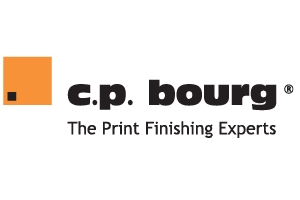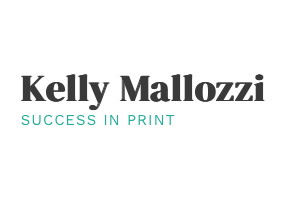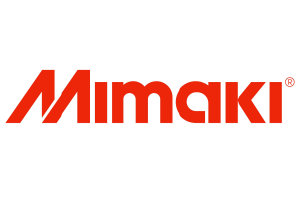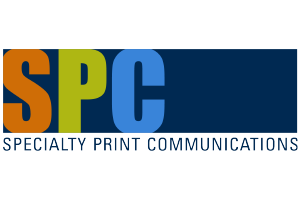International Women’s Day has recently come and gone. It’s always an amazing opportunity to celebrate the women in our lives, sharing stories of women’s achievements and shining a light on the ongoing fight for global gender equality. But there is also a fair amount of ‘you go girl!’ marketing that attempts to latch on to a popular hashtag, and press releases that amount to not much more than ‘we have a woman that works here’.
Among some unfortunate examples of inauthenticity, it’s great to see the day, and the whole month of March dedicated to Women’s History, gather more and more momentum each year. In print specifically, despite having a way to go, we are lucky, fortunate to have a number of initiatives aimed at supporting women in the sector that come from a genuine place.
One person that knows all about a genuine desire to empower women in the industry is Mary Beth Smith, founder of Girls Who Print. The movement wasn’t cooked up in the boardroom of a company with more men named John than women in total to demonstrate that they ‘champion diversity’. By her own admission Mary Beth had ‘no vision’ for Girls Who Print, but just wanted to figure out how to use social media to create a kind of online water cooler environment for women in the industry to connect with each other.
She formed a few social media groups on LinkedIn and Facebook, and before she knew it the community grew beyond her expectations and evolved into a ‘virtual sorority’ for women in the industry. Since then, it has spawned a number of fabulous developments like Girls Who Print Day, panels where women in the industry can share knowledge and ideas, the Girlie Award and now Women’s Print Herstory Month – and a lot more on the horizon.
As the movement progresses, education is a key focus. “Anyone who thinks the industry is dying has not met the students that we meet – they are passionate about the industry,” says Mary Beth. Educating the next generation of girls who print is important, but those more established in the industry could stand to be open-minded about what they can learn from young people, and younger generations shouldn’t feel that you don’t have anything to offer; there are a lot of print pros decades into their careers that could benefit from your unique perspective.
To finish off, let’s address the question people love to ask: Why ‘Girls Who Print’ and not ‘Women Who Print’? The answer is wrapped up in the authenticity of the movement; it started out as an informal, casual way to connect women in the industry, with no other agenda than a real passion for the industry and the women in it – it’s about friendship. Mary Beth had already been using the phrase for several years: “I was fortunate enough to work in a number of print environments with primarily women. When people would ask: ‘can you do this, can you do that’, I would say: ‘of course we can, we’re girls who print!’”
 Karis Copp is a UK-based writer, journalist and communications expert. With a background as an editor and public relations specialist in the print industry, she now works on a freelance basis covering events, writing on industry news and trends, and working with businesses to help them tell their stories and connect with their customers. Follow her on Twitter @KarisCoppWrites.
Karis Copp is a UK-based writer, journalist and communications expert. With a background as an editor and public relations specialist in the print industry, she now works on a freelance basis covering events, writing on industry news and trends, and working with businesses to help them tell their stories and connect with their customers. Follow her on Twitter @KarisCoppWrites.


















